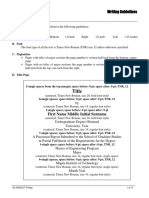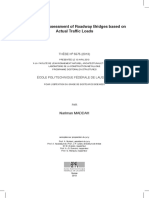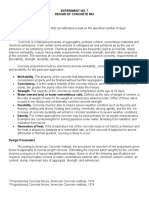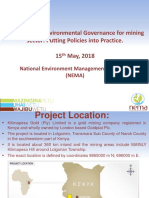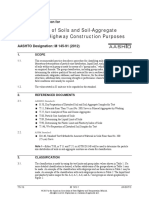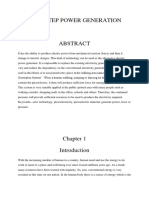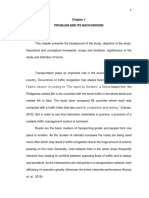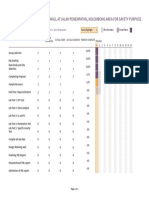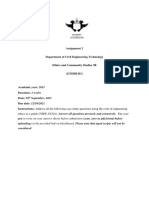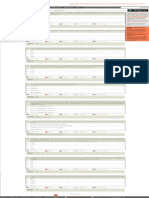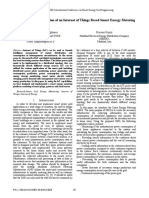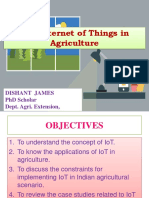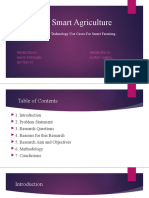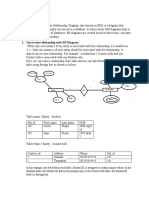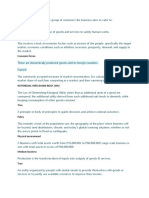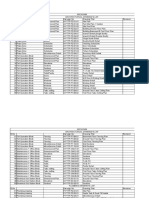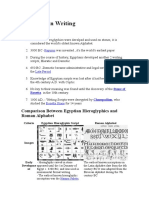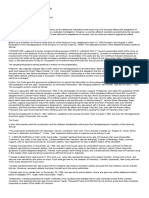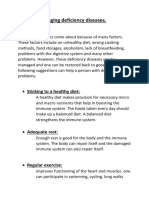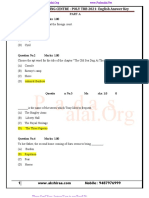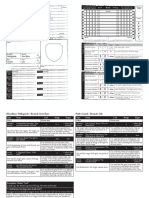0% found this document useful (0 votes)
90 views2 pagesIoT's Impact on Nepalese Agriculture
The document introduces the topic of using IoT in agriculture in Nepal. It provides background on IoT and how it has been used in precision farming, crop monitoring, and smart irrigation. Agriculture is very important to Nepal's economy, accounting for 34% of GDP and employing 68% of the population. However, with a growing population, agricultural productivity needs to increase. The document proposes to study how IoT-based smart agriculture can transform farming and help maximize crop yields in Nepal's arable lands.
Uploaded by
Manzu PokharelCopyright
© © All Rights Reserved
We take content rights seriously. If you suspect this is your content, claim it here.
Available Formats
Download as DOCX, PDF, TXT or read online on Scribd
0% found this document useful (0 votes)
90 views2 pagesIoT's Impact on Nepalese Agriculture
The document introduces the topic of using IoT in agriculture in Nepal. It provides background on IoT and how it has been used in precision farming, crop monitoring, and smart irrigation. Agriculture is very important to Nepal's economy, accounting for 34% of GDP and employing 68% of the population. However, with a growing population, agricultural productivity needs to increase. The document proposes to study how IoT-based smart agriculture can transform farming and help maximize crop yields in Nepal's arable lands.
Uploaded by
Manzu PokharelCopyright
© © All Rights Reserved
We take content rights seriously. If you suspect this is your content, claim it here.
Available Formats
Download as DOCX, PDF, TXT or read online on Scribd
/ 2
